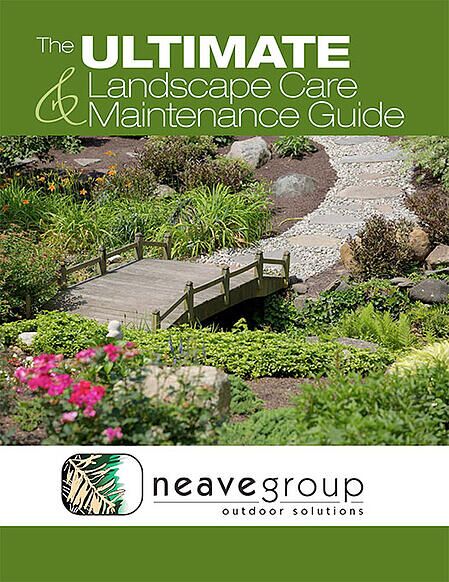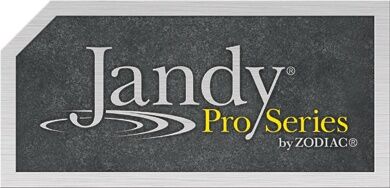If you want a great lawn, you need to start with great soil. And sometimes soil needs a bit of a boost. How do you know if your soil has the right stuff? Soil testing.
Soil is more complicated than it looks. Lawn and garden plants need at least 17 essential elements for healthy growth: carbon, hydrogen, oxygen, nitrogen, phosphorus, potassium, calcium, magnesium, sulfur, iron, manganese, zinc, copper, boron, molybdenum, chlorine, and nickel.
Plants get a few of these — carbon, hydrogen, and oxygen — from air and water. But the rest they get from the soil. If the soil doesn’t have enough of these nutrients, you need to add them.
How do you know? That’s right — soil testing. Here’s a look at what a thorough soil analysis does and why it’s important.
Why Should You Consider Soil Testing?
When you send a soil sample to a lab, you get a detailed analysis of what’s in your soil and what isn’t.
Soil testing tells you exactly what your lawn needs, so you don’t waste time and money giving it things it doesn’t need.
Your soil might need nitrogen, phosphorus or potassium. Its pH might be off, so you might need to add limestone or sulfur.
A soil test will tell you what you need to know. And just because your neighbor has a certain type of soil, it doesn’t mean you do, too. Soil quality can vary greatly from house to house and even within the same yard.
When Should You Test?
The best time to test soil is in the spring, before you add any compost or other amendments. But you can test soil any time, as long as the ground isn’t frozen.
It’s a good idea to test your soil every few years. And it’s especially important if you’re planting in soil for the first time or if your grass isn’t growing as well as it should.
What Do Soil Tests Measure?
One of the most important things a soil test will tell you is your lawn’s pH level.
Your lawn pH is the measure of soil acidity or soil alkalinity. In basic terms, it’s how sweet or sour your lawn is.
A number shows pH on a scale from 0 to 14. A neutral reading is 7. Any reading below 7 represents an acid soil, and the lower the number, the more acidic the soil. Any number above 7 indicates an alkaline condition. The higher the number, the more alkaline your soil.
The best soil pH for lawns is a range between 5 and 7.
Soil Chemistry — Why Should You Care About pH?
The pH of the soil determines what nutrients are available to the lawn. If the soil pH is above or below the recommended range, nutrients may not be absorbed, or too many nutrients may be absorbed.
Fertilize all you want, but if the pH is wrong, some of the nutrients in the fertilizer never make it to your grass. That’s just a waste.
The good news is you can alter your New York or Connecticut landscape’s soil to create a more balanced pH.
If your soil has too much acid, you can add lime — a soil amendment made by grinding limestone — which reacts with water and releases calcium that neutralizes the acid and raises the pH of the soil.
If your soil is too alkaline, you can lower the pH by adding aluminum sulfate, iron sulfate, and powdered sulfur.
Other Valuable Soil Tests
In addition to measuring your soil’s pH, laboratory tests often check for plant nutrients in three categories:
- Major nutrients — nitrogen, phosphorus, potassium
- Secondary nutrients — sulfur, calcium, magnesium
- Minor nutrients — iron, manganese, copper, zinc, boron, molybdenum, chlorine
Nitrogen gives your lawn that nice green color you crave. The other nutrients affect the health of the roots. Lab tests usually come back in about two weeks, then you can make a treatment plan for your lawn based on what it’s lacking.
But don’t be in a hurry. If your lawn is lackluster because it’s missing essential nutrients, it won’t transform overnight. Plan on a couple years of a good fertilization plan before you get that lush green carpet.
Leave The Soil Analysis To Neave
Soil analysis is one of those jobs best left to lawn care experts, who know how to read the lab results that are basically soil chemistry mumbo jumbo to the layperson.
Plus, once you know what your lawn needs, there are tricks to applying these amendments: If not applied correctly, they can burn the grass. And depending on your type of grass, amending the soil should be done at certain times of year.
The experts at Neave Lawn Care can help you understand exactly what’s in your soil and what it needs to thrive.
This is a great service to start in the spring, since it allows you time to boost your soil’s quality ahead of a successful growing season.
We’d love to schedule a free consultation with you to introduce ourselves, explain our professional services and get your lawn started on a healthy track.
If you’re in the Hudson Valley, call us at (845) 463-0592. If you’re in Westchester County, call (914) 271-7996; from Connecticut, dial (203) 212-4800. Or, fill out our simple web form, and we’ll contact you about setting up your free consultation.























